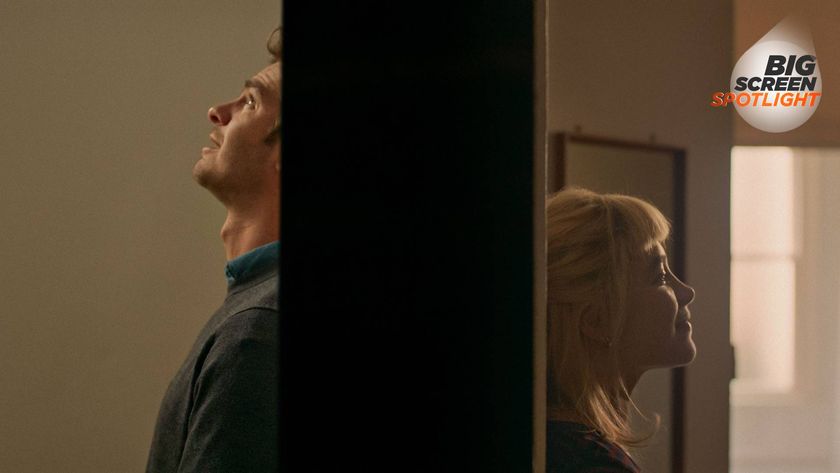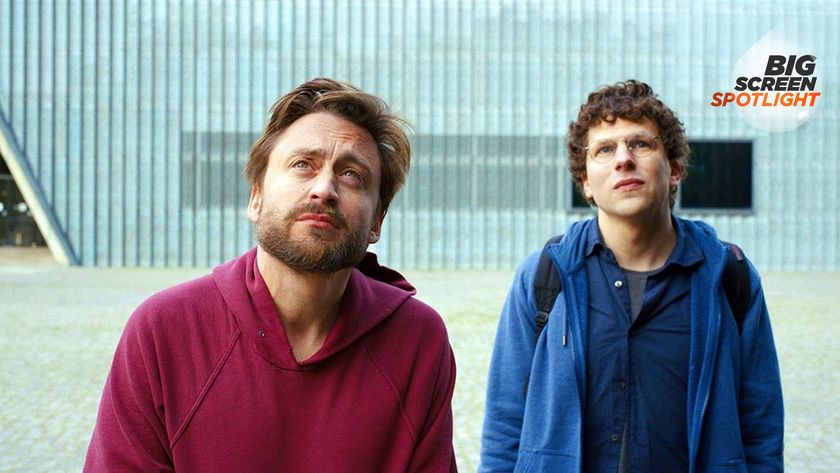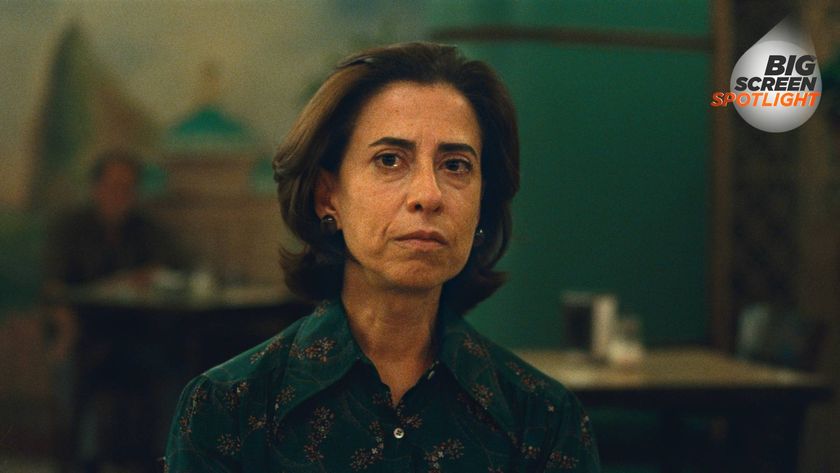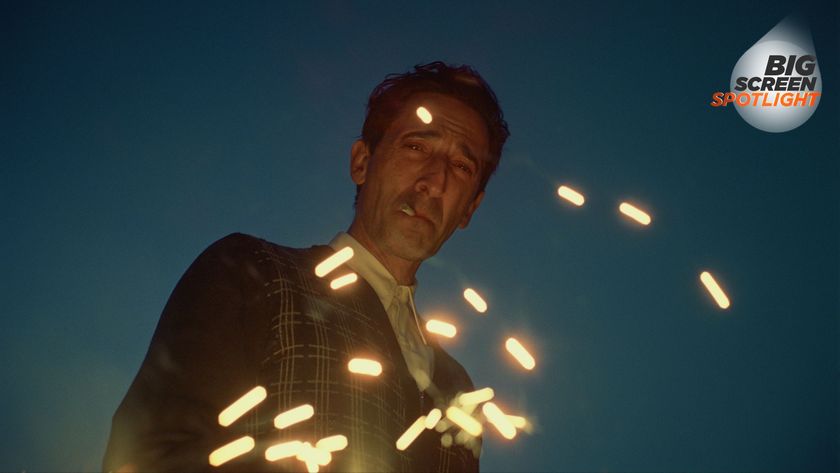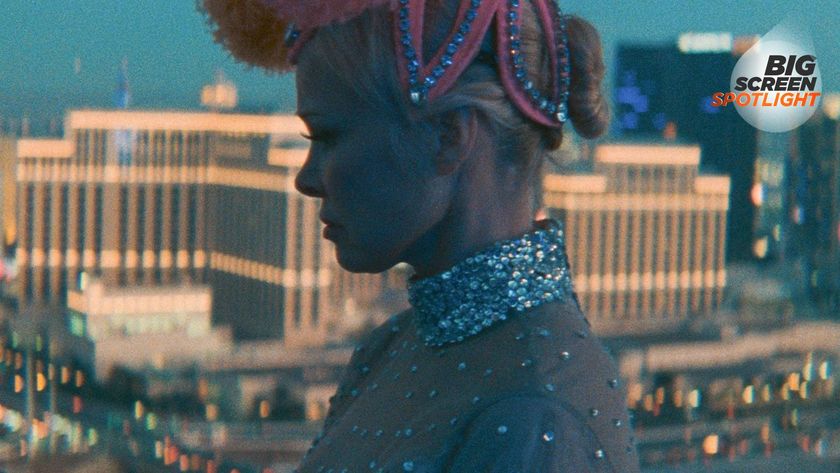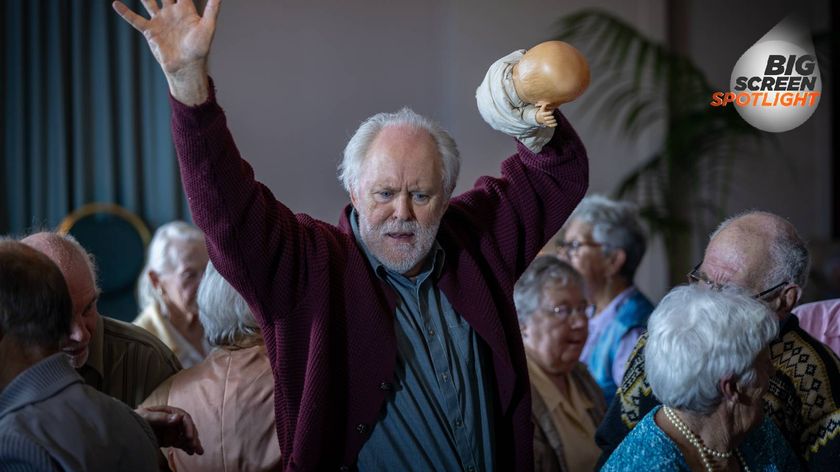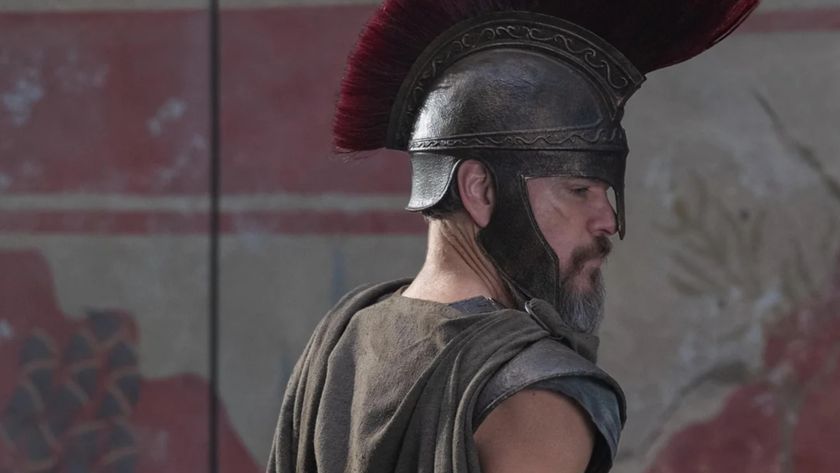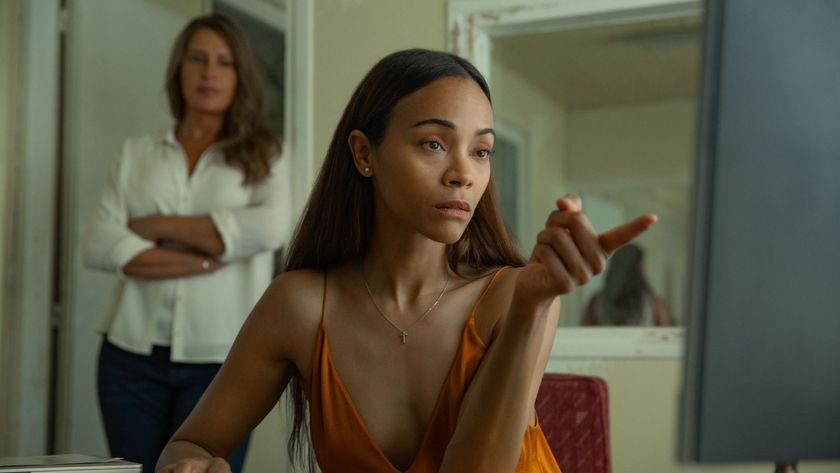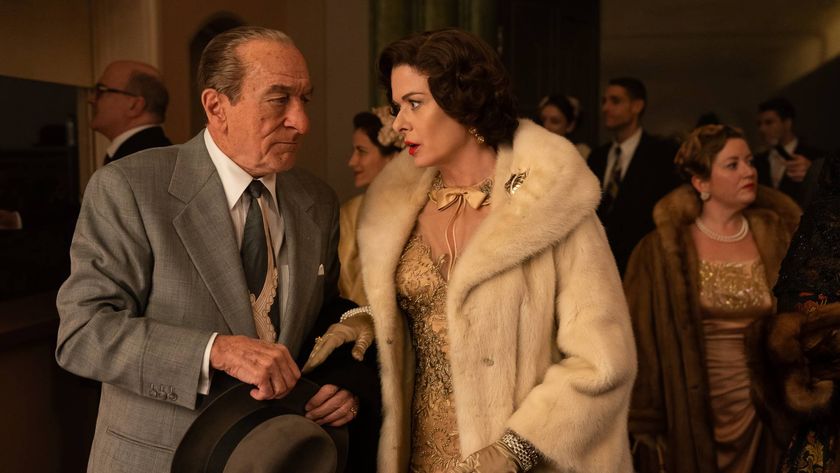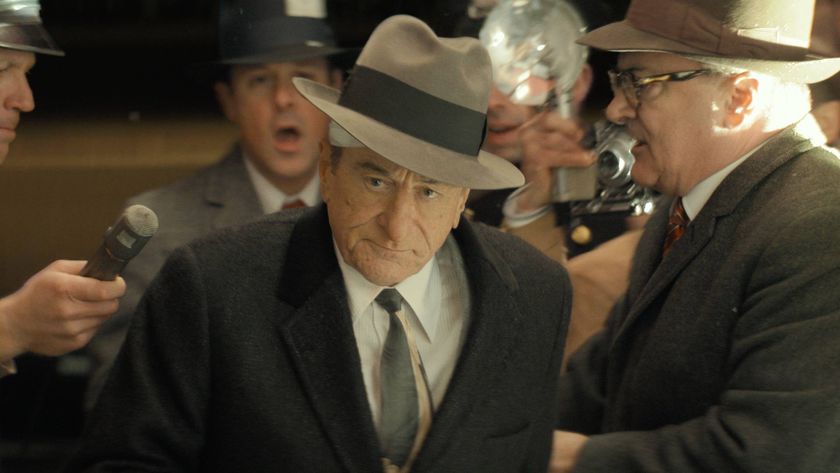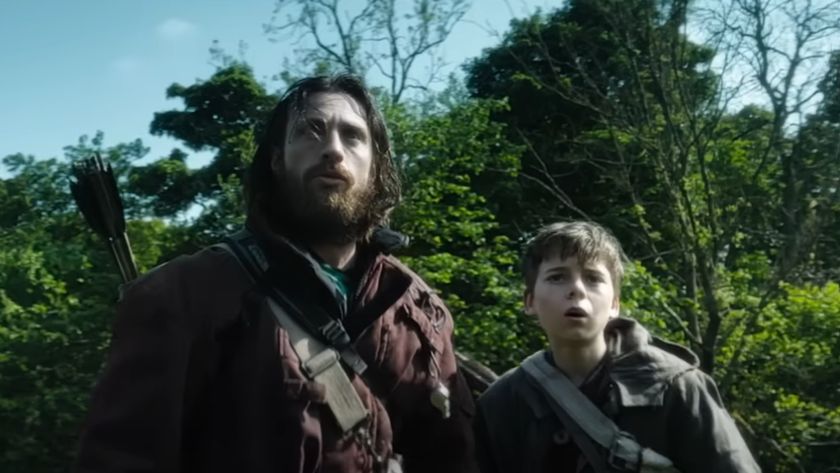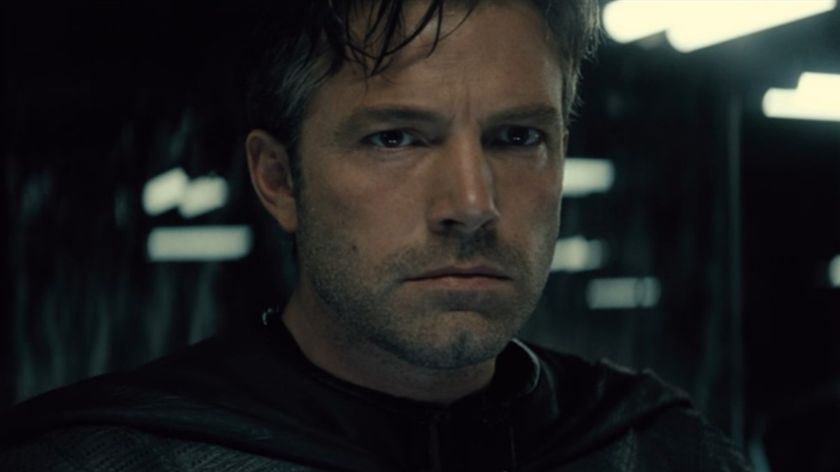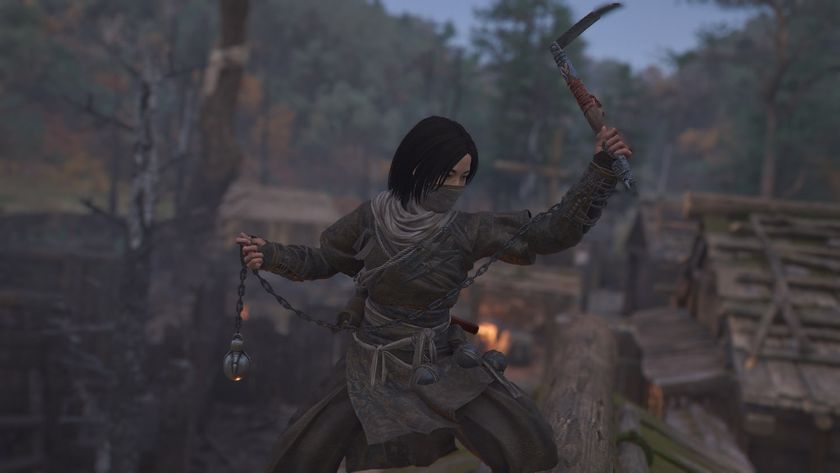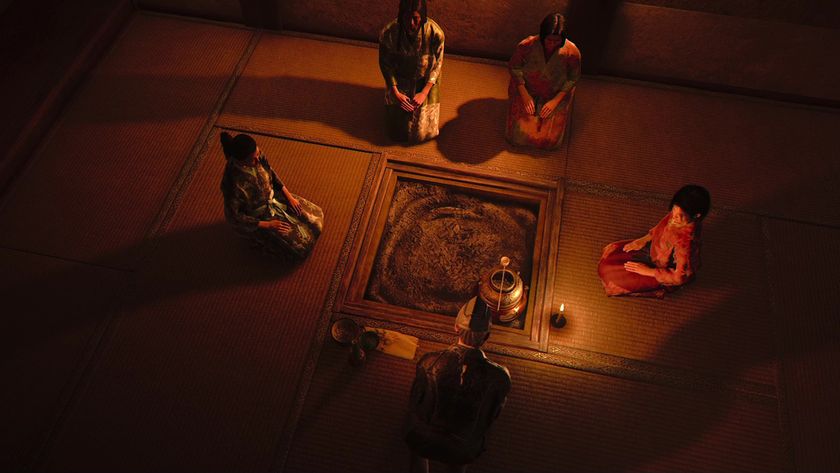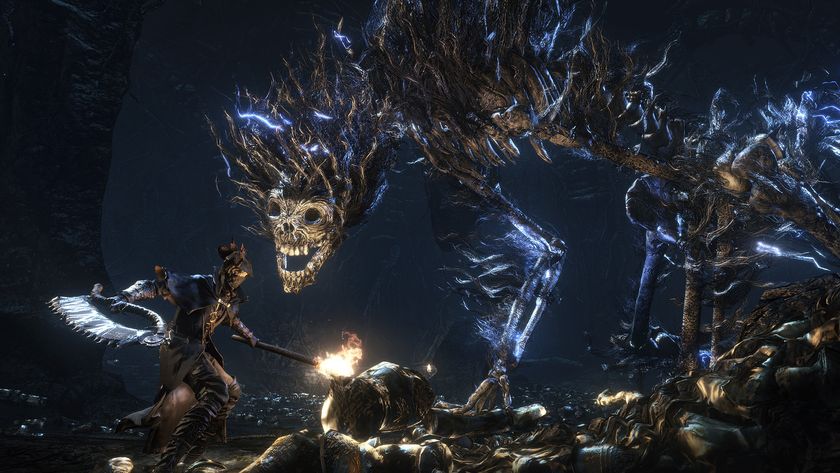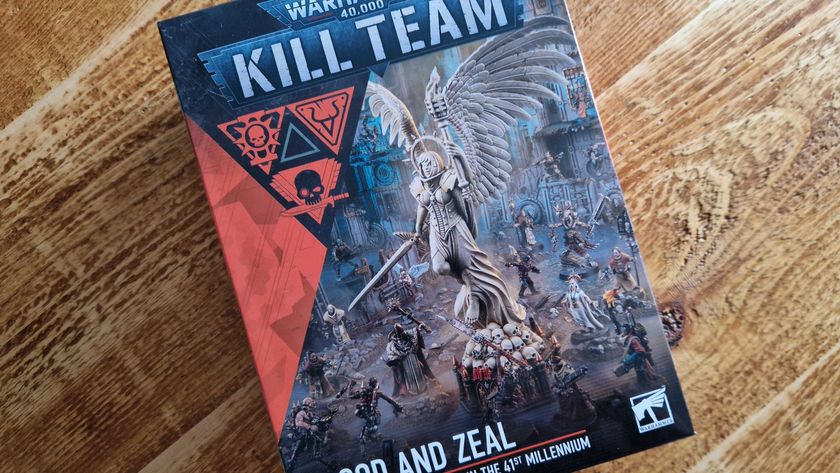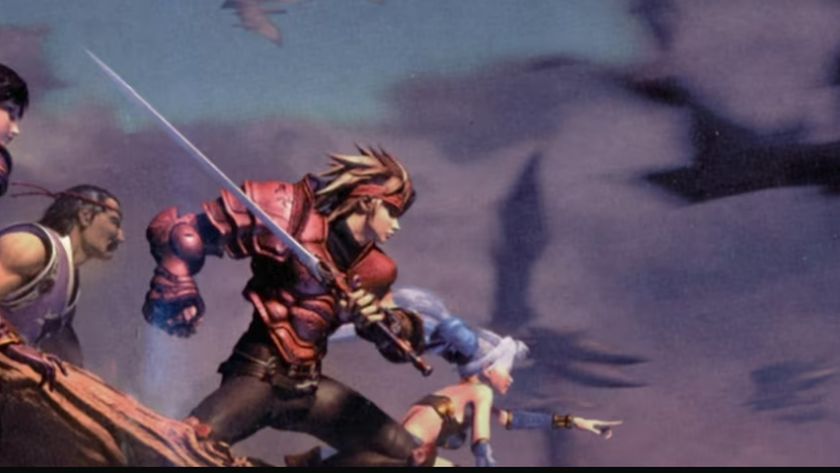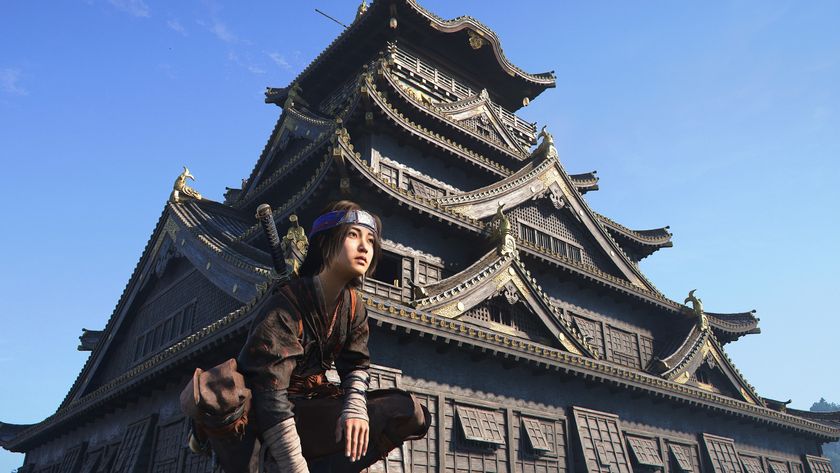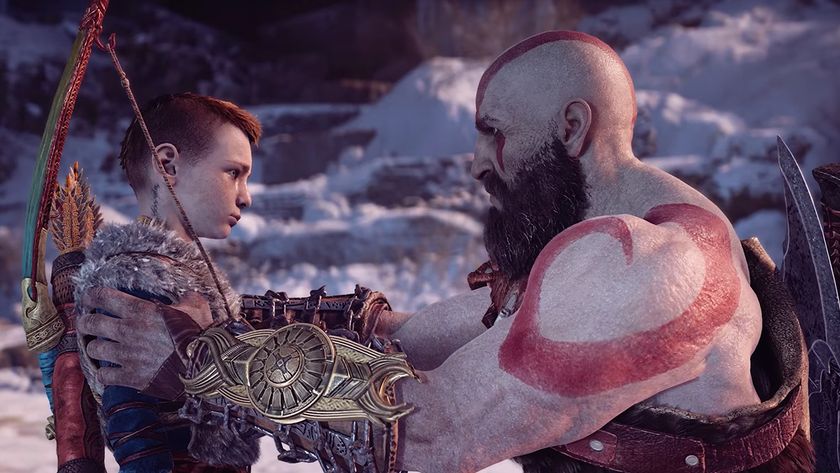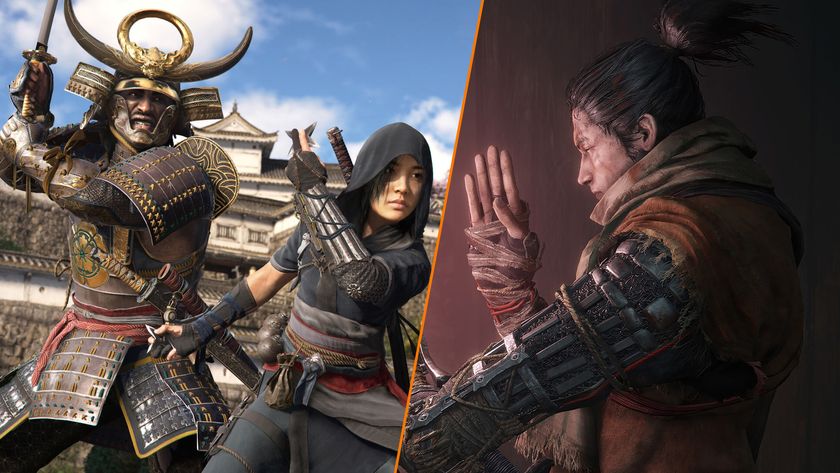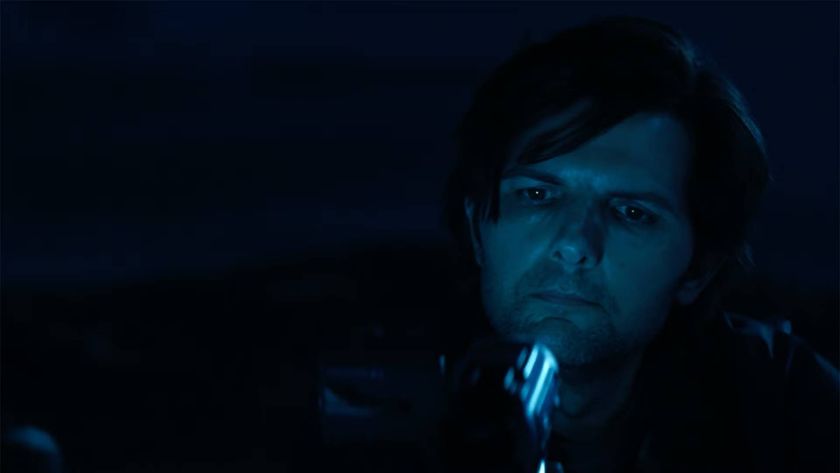Pretty Red Dress cast and director talk breaking taboos with their new movie
Dionne Edwards, Alexandra Burke, and Natey Jones discuss exploring liberation in their emotional drama.
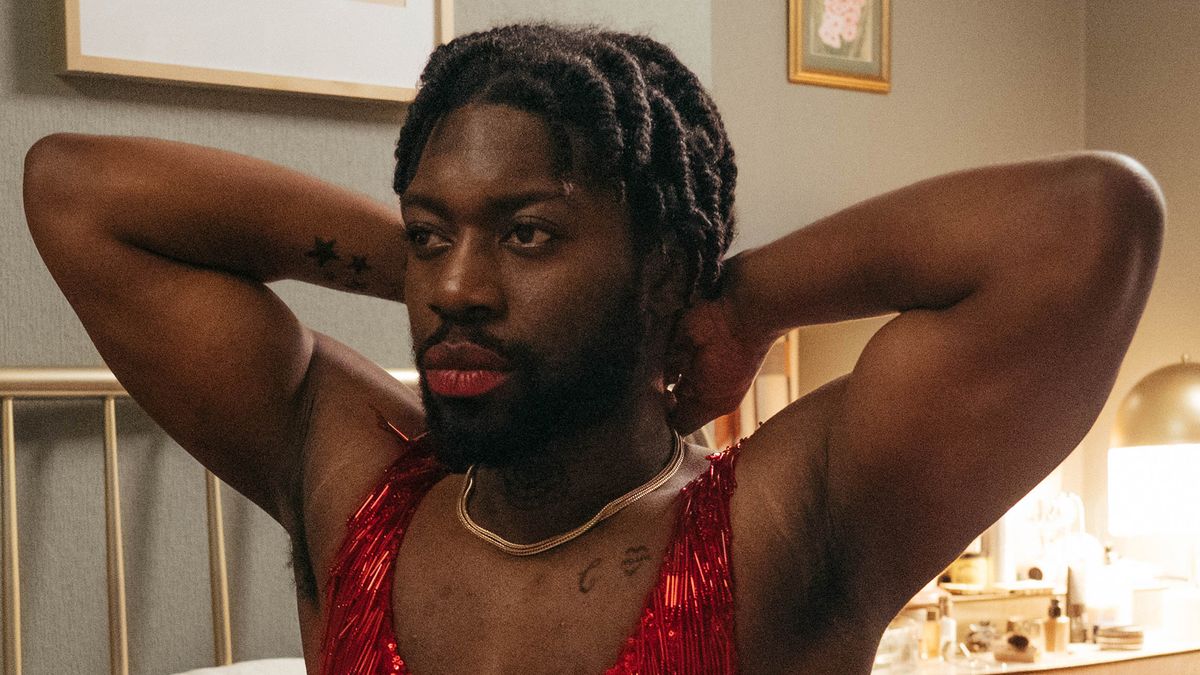
Pretty Red Dress is not the movie you will likely expect it to be. Opening with a young man named Travis (Natey Jones) leaving prison, it is clear that the former drug dealer feels that he has reached a dead end in his life, unsure where to go next. In your typical British drama, what would follow is a bleak story as Travis ultimately discovers that he has no choice but to get sucked back into a life of crime, a never-ending vicious circle. However, in the feature debut of writer/director Dionne Edwards, we instead see Travis find liberation when he tries on his partner’s gorgeous red dress.
However, whilst it doesn’t follow in the tradition of these dramas, Edwards is keen to emphasise to 12DOVE it was initially inspired by them: “I enjoy the likes of Top Boy, Kidulthood etc. and when I was coming up with the character of Travis, I thought about his background, how he has been in prison and involved in crime, which made me think about those movies. I thought it would be interesting if we started the film similarly with a guy coming out of jail, but it wasn’t contrived, it was a loose inspiration. It makes you think the film will be one thing but then it takes a left turn. The theme of prison also symbolises something - he’s physically coming out of prison but there’s an internal prison too.”
Breaking free of labels
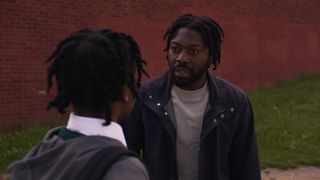
Whilst we do see Travis explore his sexuality and re-examine his identity, breaking free from that “internal prison”, Pretty Red Dress is crucially not a coming out story. Edwards reveals that she never saw the film as that, explaining: “It's definitely something that is a taboo across the world, but I am looking at it through my eyes, my perspective, I tried to make it personal in that sense. But I never wanted to make a big statement with it, it was just about getting to the heart. It was always going on a journey with someone who is trying to break down the barriers inside of themselves, get past their deepest fears. Some coming out stories touch on that but for me, it was so much more. I wanted to use music and movement to tell it, take something that felt ordinary and make it extraordinary, hoping audiences get that sense whilst keeping the story grounded too. The realism was really important and the whole point of the film is not to put labels or categories on it.”
- Florence Pugh and Andrew Garfield say their new romantic drama changed them as actors: "I've never had an experience like that before"
- Jesse Eisenberg and Kieran Culkin on their bittersweet new movie A Real Pain and resisting advice from "a big Hollywood director" to "make a billion dollars" with a happy ending
I think with any art you don’t want to dictate what people think, you just want to spark a conversation
As Edwards states there, you can’t categorise Pretty Red Dress due to its unexpected and unique nature. That’s partly what drew in actor Jones, as he told us: “The script as a whole was quite surprising. The tone does present an opportunity for us to tell the story of a Black family in London, but one the audience might not be familiar with. It invests in these characters, their individual struggles, how they come together as a dysfunctional family, working through it all - and so, in that sense it’s really relatable to anyone. I think with any art you don’t want to dictate what people think, you just want to spark a conversation or some understanding or humanity. It just so happens that this particular case sees Travis explore his feminine side in a world where masculinity is king. He struggles with how to portray his best self with all that judgement that brings, but I hope that gives audiences the desire for freedom, to be their authentic selves no matter what people may think.”
A family affair
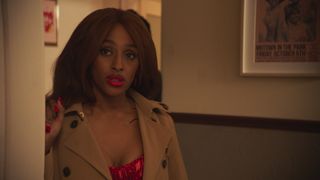
Jones is right that Travis’ story is relatable as whilst you may not have experienced his specific circumstances, we all worry about the judgement of others and have to get to grips with our identities. It helps that we don’t just see Travis’ tale through his eyes, as we also get the perspectives of his partner Candice (Alexandra Burke) and daughter Kenisha (Temilola Olatunbosun). Initially their stories were going to be told as individual chapters of the movie, but Edwards soon realised they should be more intertwined: “It started with Travis as he’s the first character that I came up with and I built the family around him. But originally the story was split into three chapters - it was always him driving it but also went to Candice’s and Kenisha’s perspectives, all revolving around him being caught in the dress. It took a while to break free from that narrative but as a result I think it strengthened the characters - I had spent so much time with them in their chapters, deepening those relationships.”
It took a while to break free from that narrative but as a result I think it strengthened the characters
The film is ultimately then a family affair, as we see how Travis’ journey also impacts those who love him. Making her screen acting debut in the role of Candice, X Factor winner and singer Burke admits that she is thankful she was part of an intimate ensemble cast here, who provided all the support she needed: “I’m very grateful I’ve been given so many great opportunities before this, such as in theatre, which have helped me try to build the confidence to take on this big role. With the auditions I pretty much did method acting without realising it! My first one was in the studio then my second was in my car - Dionne told me she had never seen anyone do a self-tape like that before! She said I went above and beyond which got me in the door. But that’s Candice - she’s a fiery character who loves her music and her family, so will do anything to make sure that they remain intact. We were a tight knit group so we were really open to bouncing off each other whilst also respecting each other’s space when we needed it. The whole experience was magical for me.”
The Tina Turner factor
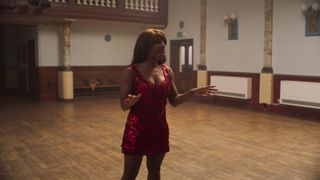
Burke is perfect casting as Candice, tapping into her own experiences to bring the wannabe musical star to life. We follow the character as she auditions to play Tina Turner, who recently passed away prior to the release of this movie, which in a way now partly acts as a tribute to her. Speaking before Turner’s death, Burke described both the joy and pressure that came with singing those iconic songs in this film: “It was an absolute honour but also challenging as you want to do it justice, get it right. I remember meeting Tina once and really fangirling, so then to be presented with this opportunity was a pleasure. Performing is natural to me, I close my eyes and go into my own zone but then we would have to retake it as my eyes were shut! But it was lovely to be able to sing her songs and I hope that people enjoy them - Tina was a great inspiration for the movie.”
Sign up for the Total Film Newsletter
Bringing all the latest movie news, features, and reviews to your inbox
Performing is natural to me, I close my eyes and go into my own zone
The dress itself is also partly inspired by Turner, acting as the fourth central character of the film and of course, giving the movie its name. There was therefore plenty of pressure on the costume designer to absolutely nail it, which Edwards believes was achieved: “In the script it was described as ‘beautiful’ and we wanted something original but also inspired by ‘50s/’60s/’70s showgirls. We looked up a lot of Tina Turner performances looking at the sequins and short cuts - it had to be elegant and sexy, a split of those two things like how masculinity and femininity exist together in our movie.”
Putting on the dress
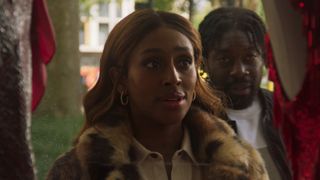
We see how the dress has a varying impact on each of the characters, with both Edwards and the cast also taking something different away from it too. For Burke, she feels “the same to some degree as Candice” stating: “She is trapped in a world where she’s dying for so much more in her life, so when Travis presents that dress to her she feels free to be able to take on anything. She feels powerful, invincible, that she could do anything.” Jones meanwhile finds both “vulnerability and safety” in the dress, whilst Edwards thinks it “represents everything” explaining: “I don’t mean that as a cop out. We chose the colour red as it represents life and death, danger and joy, it means so many different things. It’s a vehicle for all the characters to understand themselves deeper.”
That comes across in the scenes which sees Travis put on the dress for the first time. The initial one is a brief, rushed affair as he is desperate to not get caught, whilst the second sequence allows Travis the time to really let himself break free, dancing in the dress, putting on a matching lipstick. It's an emotional, moving, and beautiful moment to witness, one which rightfully gave Edwards "goosebumps" during filming, also admitting that she "wanted to cry, it was so amazing".
He was a tense and frustrated figure and here we see him liberated and free
For actor Jones this was the scene, the moment, the time his performance really needed to shine and so, he had to give in to all of his vulnerabilities. But as he concludes, it was completely worth it: "It was very emotional for me and required me to be at my most vulnerable. Those scenes are really illuminating, you get to see Travis in his truest form, where he is allowed to express himself without judgement. It could have been easy to put the dress on and become a caricature, a display of what femininity is, but I don't think it was that for Travis, it was something deeply emotional that he wanted to express from his core. You are watching him explore, he's going through this struggle in front of our eyes and in that moment, I just wanted to express joy in this man that we hadn't seen until this point - he was a tense and frustrated figure and here we see him liberated and free."
Pretty Red Dress is in cinemas across the UK now. For more upcoming films, check out our 2023 movie release dates.

As Entertainment Editor at GamesRadar, I oversee all the online content for Total Film and SFX magazine. Previously I've worked for the BBC, Zavvi, UNILAD, Yahoo, Digital Spy and more.
